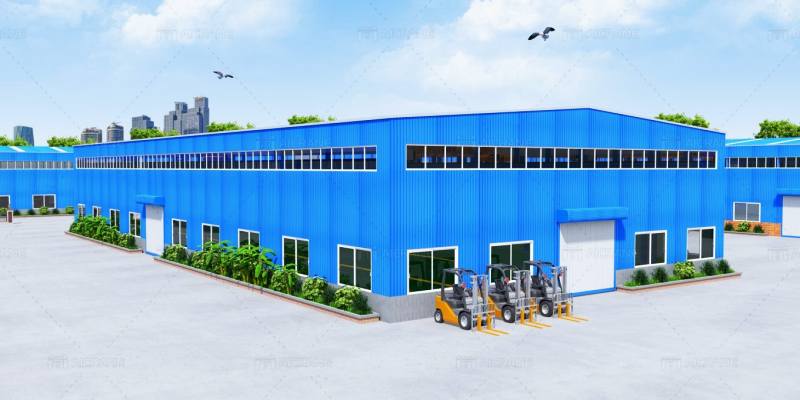


When planning a steel structure workshop, consider design, structural integrity, environmental factors, cost, regulations, and future expansion needs.
Steel structure workshops are increasingly popular due to their durability, cost-effectiveness, and versatility. Whether you’re constructing a new workshop or renovating an existing space, careful planning is essential to ensure a successful project. Here are the top considerations to keep in mind when planning a steel structure workshop.
Clearly define the primary purpose of your workshop. Are you using it for manufacturing, storage, or as a workspace? Understanding your needs will guide the design and layout. For instance, a workshop for heavy machinery may require additional load-bearing capabilities and larger spaces, while a storage facility may focus on maximizing vertical space with shelving and racking systems.
Effective design and layout are crucial for optimizing workflow and space utilization. Consider the following elements:
Steel structures are known for their strength and durability, but proper design and construction are essential. Consult with a structural engineer to:
Consider the environmental conditions where the workshop will be located:
Steel structure workshops can be cost-effective, but it’s important to manage your budget carefully:
Ensure compliance with local building codes and regulations. Obtain the necessary permits before construction begins and adhere to safety standards throughout the project. Working with a contractor familiar with local regulations can streamline this process.
Plan for future growth by considering modular design elements that allow for easy expansion or modification of the workshop. This flexibility can save time and money if your needs change over the years.
Planning a steel structure workshop requires careful consideration of purpose, design, structural integrity, environmental factors, cost, regulations, and future expansion. By addressing these key areas, you can create a functional, efficient, and durable workshop that meets your current and future needs.
